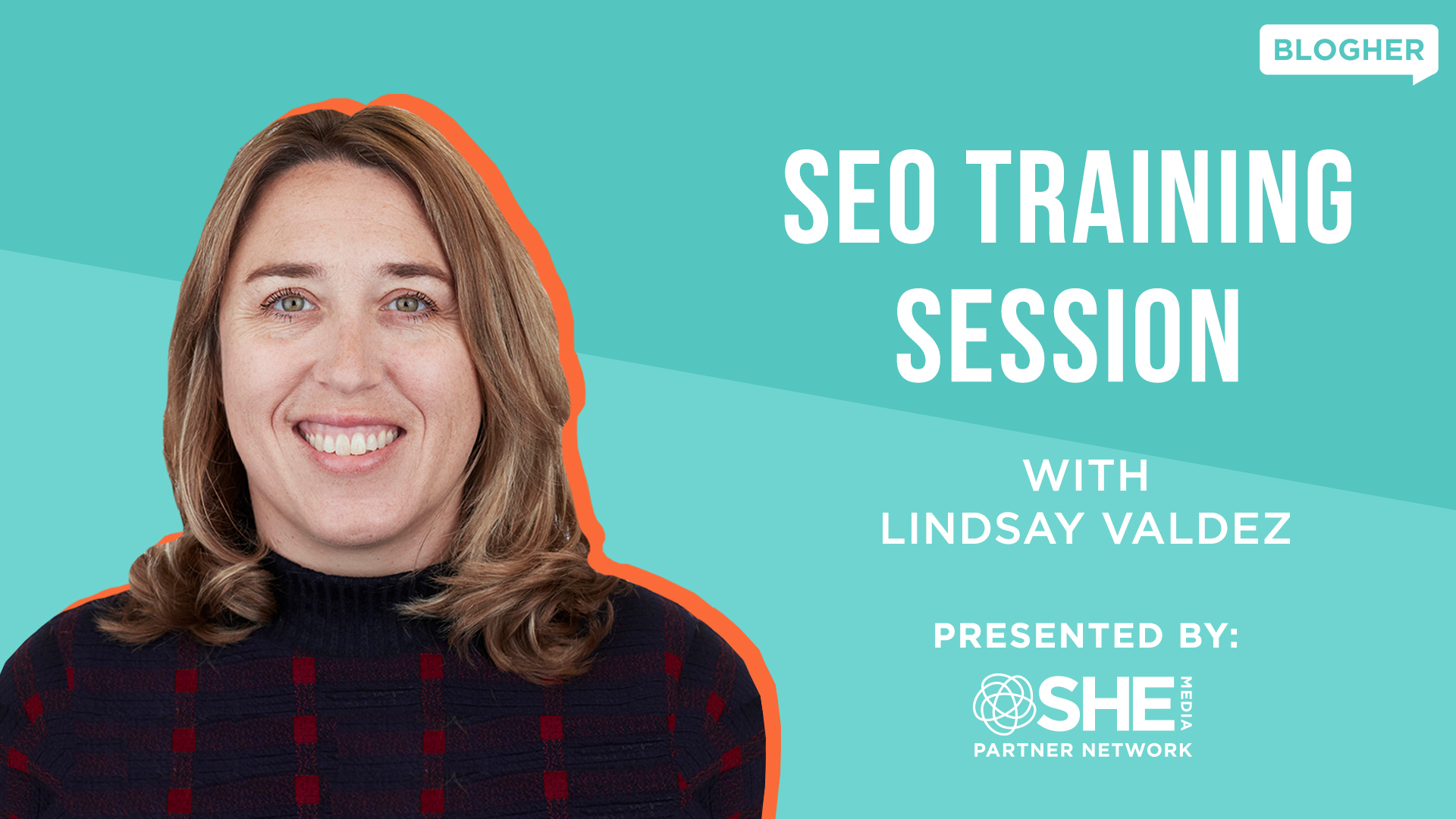It’’ s taken Google over a years to produce a search algorithm that can take into consideration a user’’ s experience on the website , however it’s nearly here. It was 2010 when Google exposed their mobile-first method, suggesting a larger paradigm shift. Users remained in a shift from more desktop seeing to mainly mobile. Responsive Web Design started to get traction at some point in between 2011 and 2013. In 2016, Google started rolling out their mobile-first index, which suggested that they would now look to the mobile variations of a website initially, and desktop variations 2nd.
.The Page Experience Algorithm.
As business moved their focus to mobile style, they started to think about the aspects that would make the user’’ s experience much better. Strategies like a a little bigger font style, more cushioning in between lines, bigger navigation buttons, and responsive images have actually ended up being a growing number of widespread. Why? Due to the fact that information reveals that users engage longer with a mobile page when it’’ s simpler for them to see the words and move flawlessly from one page to the next. When these aspects were not easy to use in hopes of motivating web designers to make modifications, Google improved their Search Console tool to reveal mistakes. Speed has actually been another big focus in the last few years, with Google presuming regarding produce their own set of code for publishers to utilize if they couldn’’ t fix for speed on theirown.
.
All of these things and more led us to Google ’ s May 2020 statement that a brand-new ranking signal would be contributed to the algorithm in May 2021.
.
“ We will present a brand-new signal that integrates Core Web Vitals with our existing signals for page experience to offer a holistic image of the quality of a user ’ s experience on a websites. ”
.
What Google appears to state is that there are currently signals developed into the algorithm to determine for page experience. Those signals are most likely reliant on user engagement metrics like how regular users return to the search results page listings after they click through to an outcome, pages per session, time on website, and bounce rate.
. 
Core Web Vitals
.
Prior to the statement of Web Core Vitals, there wasn ’ t clear instructions on which page speed metrics Google was concentrating on a lot of when it pertained to speed. Utilizing tools like GTMetrix or PageSpeed Insights returns a wide variety of technical info that can be an obstacle to parse through. Core Web Vitals is the particular set of metrics that Google thinks about crucial to user experience.
.
Here are 3 of those metrics you need to appreciatewhen it concerns enhancing the efficiency of your site:
.
1. Largest Contentful Paint – This determines packing efficiency, particularly for how long it considers the page ’ s primary material to load. Prior to – Google launching the details around WCV, we were utilizing a metric called First Contentful Paint to determine efficiency however this determines just the time it considers the very first part of the material to load.
.
Per Google, websites need to intend to have LPC happen in the very first 2.5 seconds a website is filling.
.
2. First Input Delay – This determines the time it considers a user to be able to engage with a page. Whether this implies responsiveness to a link being clicked, a remark box appearing or a working e-mail subscribe box, it ’ s determining the user experience particular to when they ’ re initially attempting to communicate with the page.
.
Per Google, websites need to intend to have’an FID of less than 100 milliseconds.
3. Cumulative Layout Shift – This metric is determining visual stability. You understand when you ’ re scrolling through a post on your phone and all of a– unexpected the screen shifts? You lose your location in the text or click something mistakenly? As all of us understand, this produces an awful user experience.
.
Per Google, websites need to pursue a CLS rating of less than.1 s.
.
We ’ ve been utilizing this Web Core Vitals Chrome extension when we deal with our releasing partners to enhance their website speed.
.
There are other web vitals covered into Google’s algorithm, such as mobile-friendly, safe surfing, HTTPS, and no popup interstitials.
. Determining Performance.
Google supplies information analysis for these metrics now in Google Search Console. There is now a devoted area under the” improvements” area where you can see if your website is stopping working or passing on these speed metrics.
. 
.
How Does This Change Your SEO Strategy?
Speed is a huge part of things, however it’s not the only thing. Google’s search algorithm has more than 200 elements, and speed is simply among them. Like much of these aspects, their weight in the formula is relative to the quality of the material. An oft-quoted Google declaration states,” An excellent page experience does not bypass have terrific, appropriate material.”. Your material needs to constantly have most of your issue. It’s something to enhance code triggering an LCP rating of 14 seconds. It’s another to squander excessive time worried about getting a CLS rating from.2 to.1.
.
Unless, and here’s where the attention to information can be worth it: If there are 10 sites that all have well-written, beneficial, intriguing, functional material, Google might default to ranking the fastest one in the leading area.
.
When we talk with SHE Media Partners about SEO and content technique, we advise them that if it boils down to investing many hours consuming about speed( presuming your website performs at above or typical speed ), the time would be much better invested developing more fantastic material or upgrading leading entertainers. You can do all the speed optimizations, even reaching to endanger your earnings by minimizing or getting rid of advertisements from your site, however none of it will matter if your material is doing not have. Material stays primary, even through Core Web Vitals.
.
Still, here are some methods to enhance those metrics we simply spoke about:
. Biggest Contentful Paint (LCP).
Goal: 2.5 s
This one is connected to page load time. LCP determines for how long it considers most of material to fill on the screen.The primary separating element from this other and metric page speed metrics is LCP procedures from the user’s viewpoint vs. other outdoors influencers that can make it more complex.
.
If you have a high LCP time, here are some locations for you to check out.
. Audit your plugins if you’re on WordPress. It’s not unusual for us to see partners who at one time or another, downloaded plugins for things they never ever established, do not overlap or require with other plugins in function. Each time a plugin is downloaded, more scripts are contributed to the code, all affecting your LCP time. Do not stint webhosting. Speak with your blog writer good friends, take a look at evaluations, ask us! I’ve been hearing excellent features of Big Scoots and Lyrical Host , particularly that general website speed has actually enhanced because changing to them. Eliminate unneeded lines in the CSS code. This will decrease the file size and accelerate load times . Postpone filling on images, aka lazy load. This indicates they fill just as somebody scrolls down the page. This can be used to both fixed images you contribute to your websites and likewise to your advertisements. Both will add to a faster LCP time. Input Delay( FID ).
Goal: 100 milliseconds
.
This metric responses how quickly a user can connect with your page. Examples of page interactions would be things like opening a menu dropdown, visiting, entering your e-mail into a membership box orclicking a link.For lots of publishers, considering that most ofthe website experience is scrolling through material, FID isn’t much of a problem.
.
To resolve problems with First Input Delay, there are numerous locations to look.
. Usage web browser caching to inform web browsers for how long to bear in mind the web submits that they have actually downloaded from your website to prevent the requirement to recover the exact same file once again within a specific timespan. Type of complicated, I understand!The very best method I can discuss it is that correct internet browser caching is the reason that when the very first time youcheck out a website, it takes an obvious couple of seconds, however when you need to discover that page once again, 15 minutes later on, it loads immediately. It’s due to the fact that this time, the web browser had a memory, or a saved copy of the page to recover. If you ’ re utilizing WordPress, suggested plugins consist of W3 overall cache plugin and WP Super Cache . Exact same thing with the plugin audit here as above. Each plugin includes another script, scripts take some time to 'load. Get rid of the'ones you aren’t utilizing and make certain to comprehend the performance of each. You might be discover several plugins carrying out the very same job. Minimize. Try to find javascript.Javascript is a programs language utilized to develop interactive performance into a website. Things like utilizing Amazon’s search bar to discover an item or rejuvenating your Facebook feed all need javascript. The loading of javascript makes it practically difficult for a user to engage otherwise with the page, triggering a longer FID rating. Decrease or delay it if you are utilizing js. Cumulative Layout Shift( CLS).
Goal:.1 seconds
.
The most current buzzword on every blog writer’s mind is the CLS rating. This metric steps a page’s visual stability, examining any shift or bounciness that occurs as the user moves through the website. When it comes to this rating, bounciness on the page triggers a bad user experience so the lower the much better.The TLDR; variation of why the shift occurs is because without clear measurements set, aspects move as device/screen size modifications.
.
To get a lower CLS rating, here are a couple of things to take a look at.
. Make certain to define the size quality measurements for videos, images and any other media on your website. Advertisements must remain in a set area, booking adequate space to get rid of appearing and moving material up and down. Any dynamically injected material must be included listed belowthe fold.
Be gotten ready for May’s Core Web Vitals upgrade by dealing with these3 metrics ahead of time. If you’re part of the SHE Media Partner Network , connect to our Support Team with concerns on how we’re dealing with the advertisement part of CLS.
.
The SHE Media Partner Network assists content developers and business owners construct sustainable companies with devoted assistance for handling advertisements, brand name collaborations, and more. Apply now to join our mission-driven platform.
.
Read more: blogher.com
